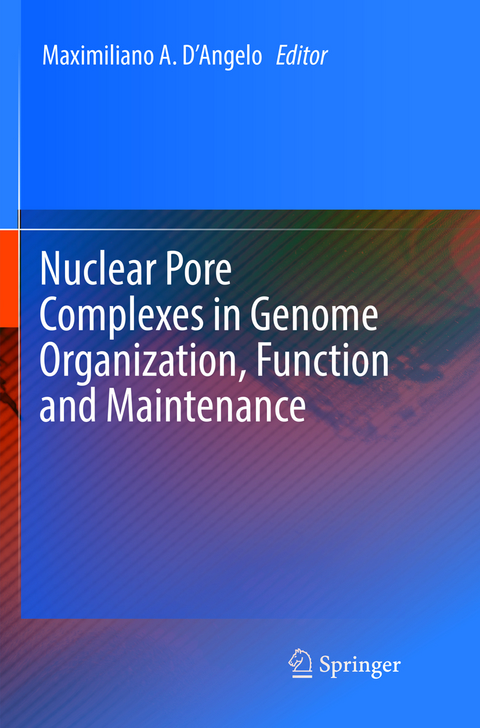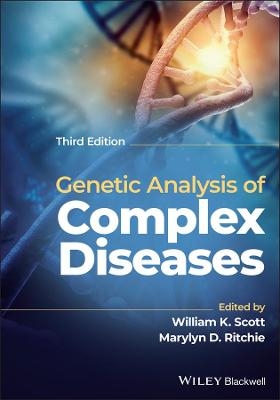
Nuclear Pore Complexes in Genome Organization, Function and Maintenance
Springer International Publishing (Verlag)
978-3-319-89088-3 (ISBN)
Maximiliano D'Angelo, Ph.D., is Faculty of the Development, Aging and Regeneration Program and the Immunity and Pathogenesis Program at the Sanford Burnham Medical Discovery Institute in La Jolla, California. He is also member of the Tumor Initiation and Maintenance Program of the NCI-designated Cancer Center. Before moving to SBP, Dr. D'Angelo was a Principal investigator of the Cardiovascular Research Institute at the University of California San Francisco and Assistant Professor of the Department of Biochemistry & Biophysics. Dr. D'Angelo received his Ph.D. in molecular biology from the University of Buenos Aires, Argentina, and trained at The Scripps Research Institute and the Salk Institute for Biological before beginning his independent career. He has been Fellow of the Ellison Foundation and American Federation for Aging Research, Pew Latin American Fellow, Pew Biomedical Scholar and Scholar of the American Cancer Society.
Spatial Organization Of The Nucleus Compartmentalizes And Regulates The Genome.- The Molecular Composition And Function Of The Nuclear Periphery And Its Impact On The Genome.- Nuclear Pore Complexes: Fascinating Nucleocytoplasmic Checkpoints.- Nuclear Pore Complex In Genome Organization And Gene Expression In Yeast.- Nuclear Pore Complex In Genome Organization And Gene Expression In Drosophila.- Caenorhabditis elegans Nuclear Pore Complexes In Genome Organization And Gene Expression.- Mammalian Nuclear Pore Complexes In Genome Organization And Gene Expression.- Nuclear Pore Complexes, Genome Organization And HIV-1 Infection.- Nuclear Pore Complexes In DNA Repair And Telomere Maintenance.- NPCs in mitosis and chromosome segregation.
| Erscheinungsdatum | 26.02.2019 |
|---|---|
| Zusatzinfo | VIII, 240 p. 32 illus. in color. |
| Verlagsort | Cham |
| Sprache | englisch |
| Maße | 155 x 235 mm |
| Gewicht | 381 g |
| Themenwelt | Medizin / Pharmazie ► Medizinische Fachgebiete |
| Studium ► 2. Studienabschnitt (Klinik) ► Humangenetik | |
| Naturwissenschaften ► Biologie ► Genetik / Molekularbiologie | |
| Naturwissenschaften ► Biologie ► Zellbiologie | |
| Schlagworte | gene expression • Genome Organisation • Genomic Stability • Nuclear Pore Complexes • nuclear transport • nucleus |
| ISBN-10 | 3-319-89088-3 / 3319890883 |
| ISBN-13 | 978-3-319-89088-3 / 9783319890883 |
| Zustand | Neuware |
| Informationen gemäß Produktsicherheitsverordnung (GPSR) | |
| Haben Sie eine Frage zum Produkt? |
aus dem Bereich


